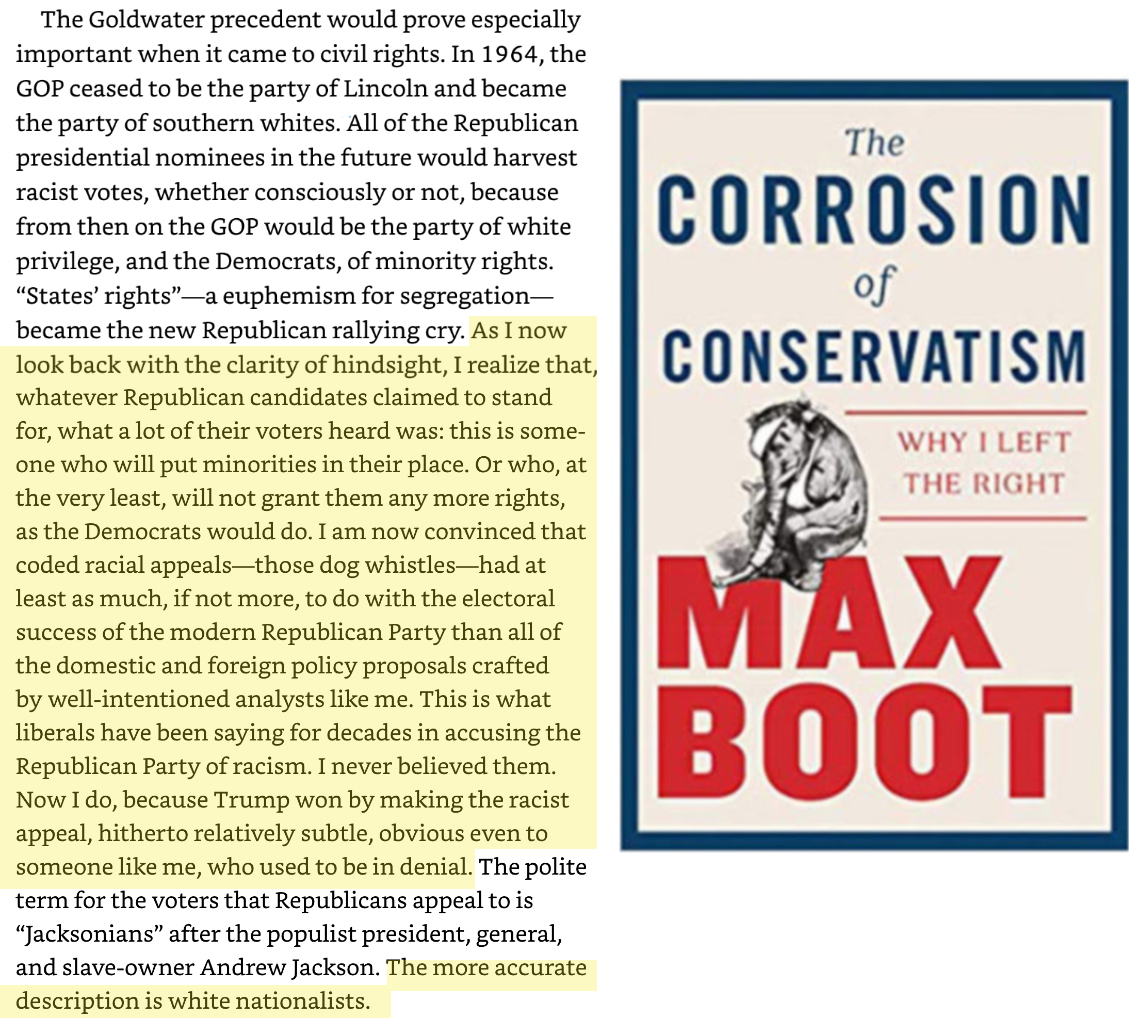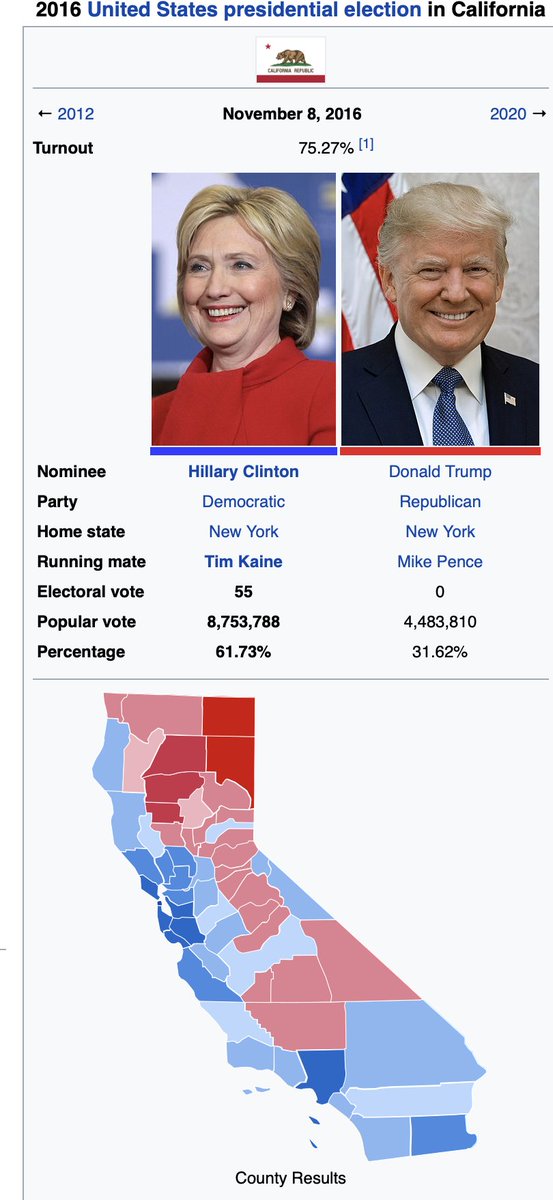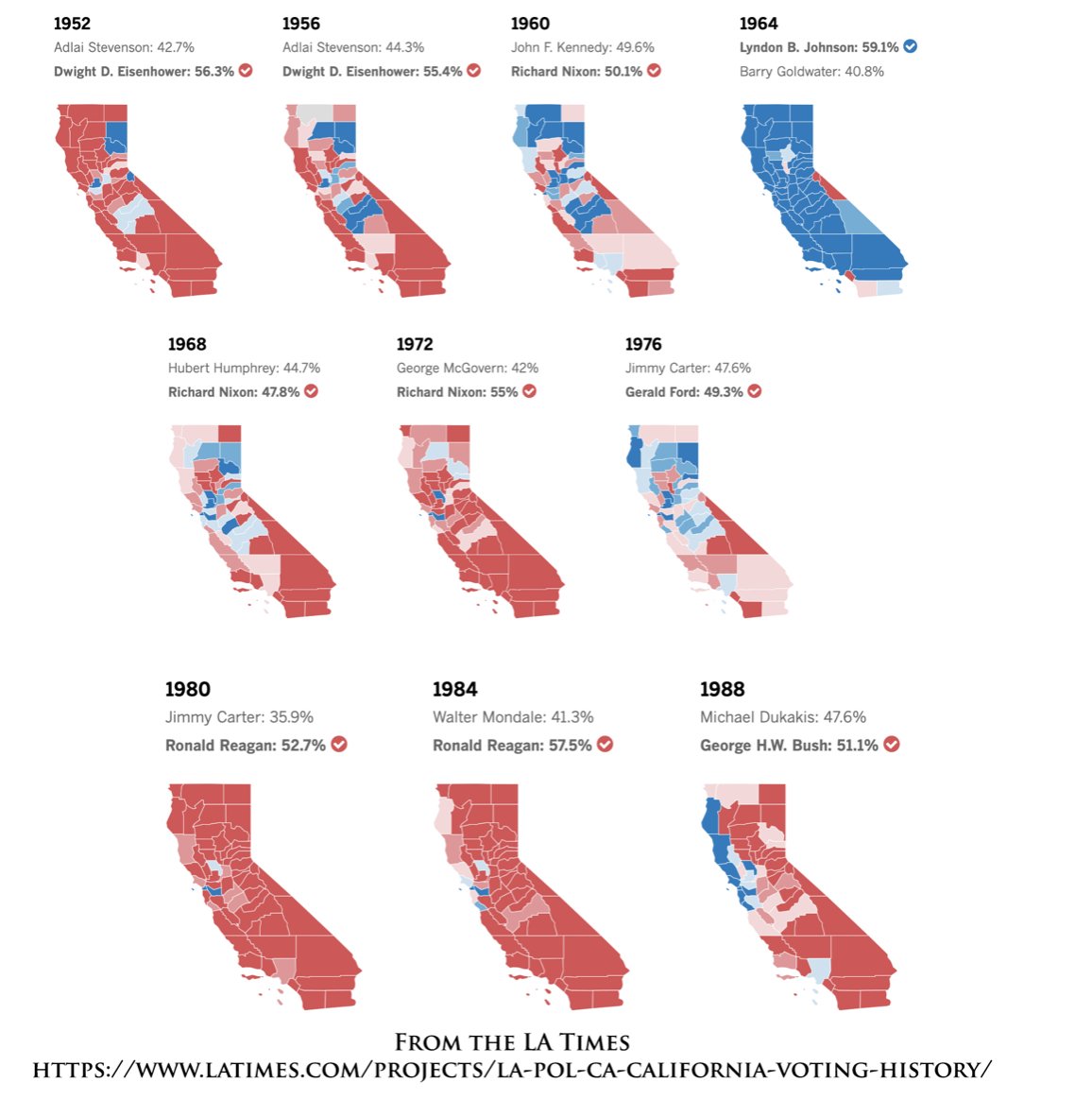Part I begins here:
I left off my history with the period of relative harmony between the parties, from about 1920 until the 1950s.
Then on May 17, 1954, the Supreme Court decided Brown v. Board of Education.
Charles Houston, Thurgood Marshall, and their team worked for decades to overturn Plessy.
When the Democrats embraced civil rights, the period of harmony between the parties ended.
For more on that, see:
The GOP devised the “Southern Strategy” to expand its base.
@MaxBoot sums up what happened next here:

In fact, the backlash propelled Trump to the White House.
Political psychologists like @karen_stenner tell us that about 1/3 of the population has an authoritarian disposition. karenstenner.com
karenstenner.com
One possibility for the immediate future (meaning the next 10-20 years) is that the GOP digs in as a white nationalist party.
We owned the Japanese internment camps in WWII.
We gave the nation Nixon and Reagan.
But the electorate was mostly white due to (you guessed it) voter suppression.
California’s “Latino and Asian populations boomed in the 1990s.”
latimes.com/projects/la-po…
This alarmed a certain segment of the population.
Here is one of Gov. Wilson’s 1994 reelection campaign ads:
“They keep coming . . .” So Trumpian, it's almost like it served as a model for Trump ads.
gould.usc.edu/students/journ…
Wilson’s signature law, Prop 187 (“Save our State”) was a hateful piece of anti-immigrant anti-minority legislation. jstor.org/stable/2547004…
It stoked anger against non-whites.
Shocked into action by Prop. 187, liberals and minority communities organized.
By 2000, CA was mostly Democratic.
But all wasn’t well.
ocregister.com/2010/10/01/two…
This meant the GOP—now a minority—could hold up the works. The 2/3 rule gave them great power. They could be obstructionists.
Sound familiar?
🔹get rid of the 2/3 rule,
🔹let the Republicans shut everything down until they got their way, or,
🔹work hard on elections until 2/3 of the elected representatives were Democrats.
Guess which happened?
usnews.com/news/best-stat…
I’ve heard some absurd arguments for how California really turned blue, but I won’t refute them here.
OK, Ok. I’ll refute two of them.
How silly is that? Liberal policies couldn’t happen until AFTER Democrats had a supermajority.
This one is just as silly.
First, we have a $12 minimum wage and lots of protection for workers.
taxfoundation.org/which-states-h…
Third, most of California's workers weren’t white. Why would only white workers leave the state for economic reasons?
Another aside: When I first started on Twitter someone said you can't express complex ideas on Twitter.
Me (having learned to embed threads in other threads): "I bet I could write a PhD dissertation on Twitter"🤣
Whew.









